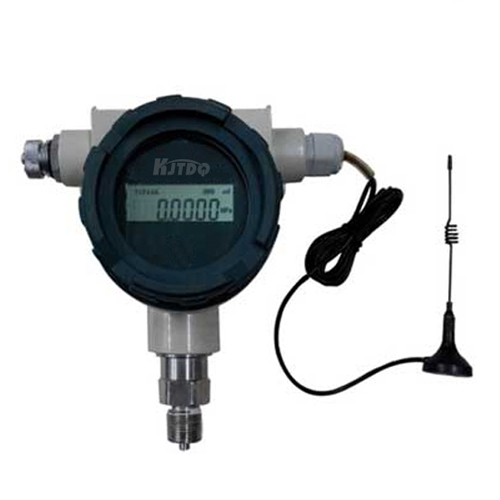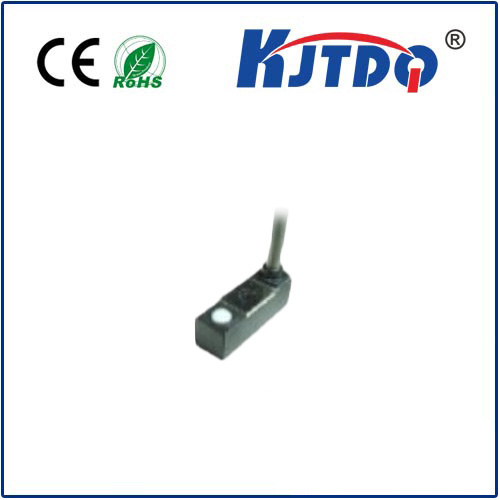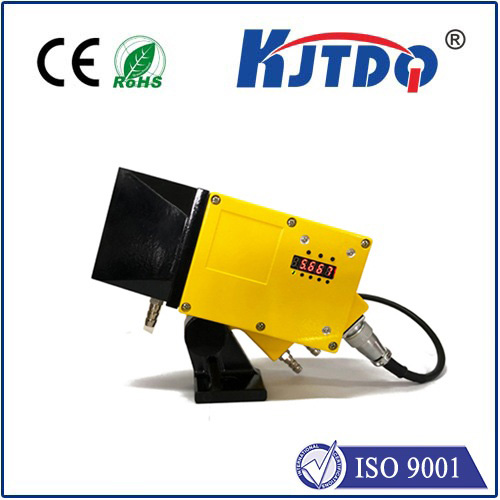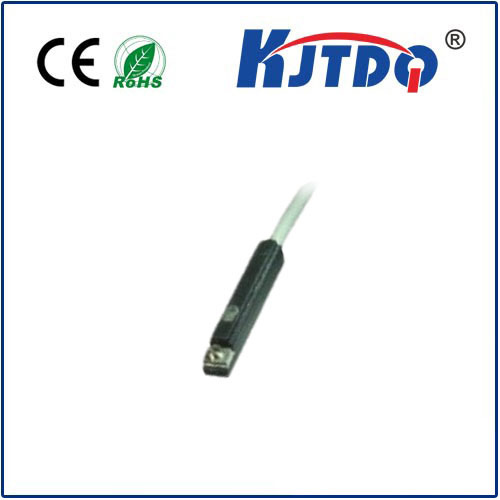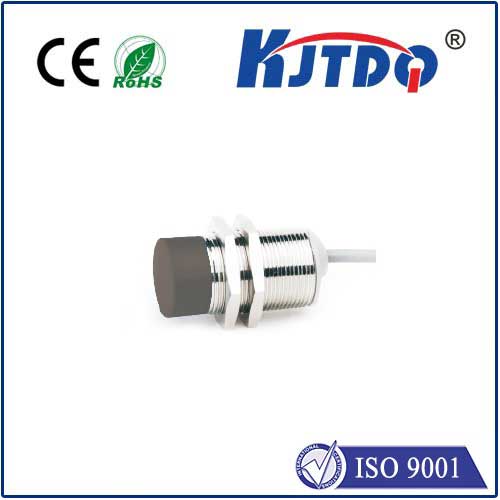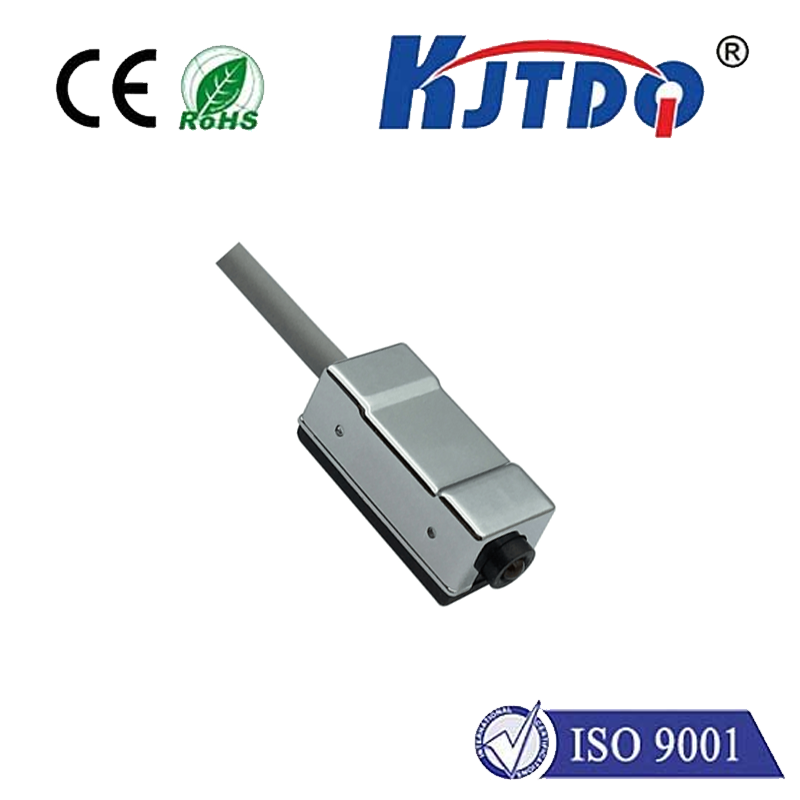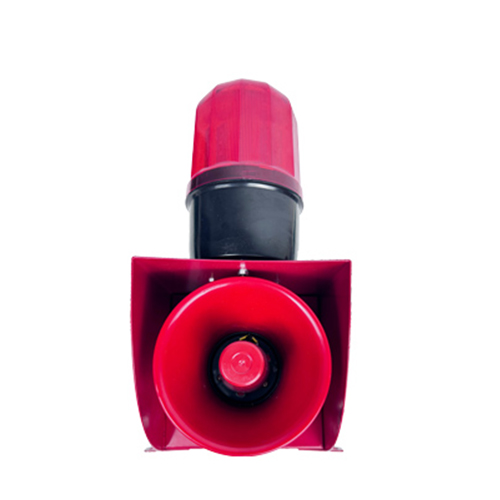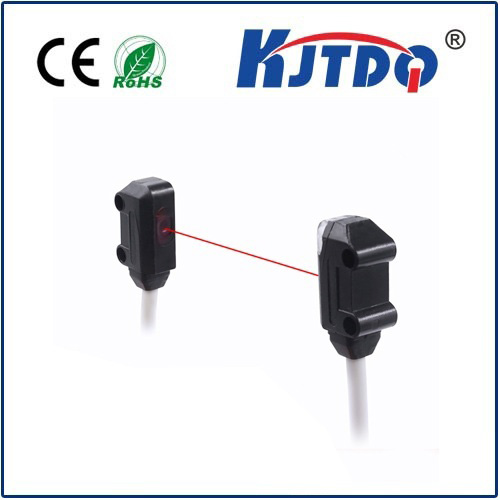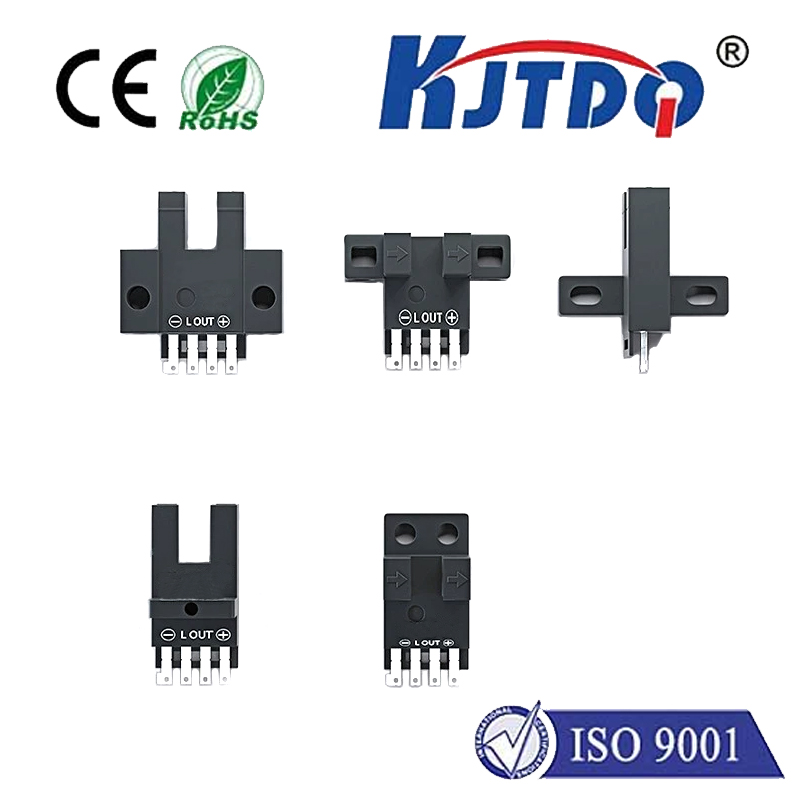3 Контактный переключатель
- time:2025-08-01 10:29:42
- Нажмите:0
The 3 Contact Switch: Mastering Motor Reversal & Safety in Motion Control
Motors power our world, from the hum of industrial machinery to the spin of your washing machine. But controlling them effectively, especially changing their direction, presents unique challenges. Enter a specialized component often working behind the scenes: the 3 Контактный переключатель. Far more than a simple on/off device, this switch is the cornerstone of safe and reliable motor reversal. Understanding its function reveals its critical role in countless applications where motion needs to change direction precisely and without risk.
At its core, a 3 contact switch is specifically designed to manage the reversal of three-phase alternating current (AC) motors. While single-phase motors might use different methods, the three-phase motor is a powerhouse in industry and larger appliances due to its efficiency and smooth operation. Reversing its direction requires swapping the connections of two of its three power phases. This seemingly simple task demands a switch designed with meticulous precision to prevent catastrophic failure – namely, a direct phase-to-phase short circuit.
Imagine a standard single-pole switch: one input, one output, one path. A typical motor starter might use multiple contacts for starting. The 3 contact switch, however, features a unique configuration under its actuator. It houses three distinct, independent contact sets. Crucially, these contacts are mechanically linked but electrically isolated. Crucially, its design enforces a strict operational sequence known as “break-before-make.”

Here’s how this vital mechanism works:
- Initial State: The switch has a central “off” position where all contacts are open – no power flows.
- Direction 1 (e.g., Forward): When activated to one position (say, “Forward”), the switch closes two specific pathways. It connects Line 1 (L1) to Motor Terminal 1 (T1), Line 2 (L2) to Motor Terminal 2 (T2), and Line 3 (L3) to Motor Terminal 3 (T3). The motor runs in the designated forward direction.
- Switching Direction: When the switch is moved through the “off” position towards the reverse position, its mechanical design guarantees that the first action is to break (open) all three existing connections made in the “Forward” position. Power is completely disconnected from the motor.
- Direction 2 (e.g., Reverse): Only after all previous connections are definitively broken does the switch make (close) a different set of two pathways in the “Reverse” position. Crucially, it swaps the connection between two phases. Typically, this means connecting L1 to T1 (unchanged), but then connecting L2 to T3 and L3 to T2. This phase swap reverses the rotating magnetic field within the motor, causing it to spin in the opposite direction.
- The Off Position: The neutral “off” center isn’t just a stop; it’s a safety barrier. It physically ensures that the break-before-make sequence is mandatory during any transition between states. You cannot directly jump from “Forward” to “Reverse” without passing through a state where all circuits are open.
This enforced “break-before-make” operation is the defining feature and the primary raison d’être of the genuine 3 contact switch. It absolutely prevents the possibility of simultaneously connecting Line 2 to both T2 and T3, or Line 3 to both T2 and T3, which would cause a dead short between those two phases – an event that can result in violent arcing, contact welding, switch destruction, blown fuses, tripped breakers, and potential fire hazards.
Why is this so essential? The applications are ubiquitous:
- Промышленное оборудование: Conveyors, hoists, winches, mixers, pump controls – any process requiring bidirectional movement relies on safe reversal.
- HVAC Systems: Large air handling unit fans often incorporate reversible drives for specific functions.
- Перевозка материалов: Cranes, lifts, and automated guided vehicles (AGVs) need precise forward and reverse control.
- Commercial Appliances: Industrial washing machines, large dryers, and commercial dishwashers frequently reverse drum or spray arm direction during cycles.
- Станки: Lathes, mills, and drills sometimes incorporate reversible spindle drives or feed mechanisms.
The 3 contact switch delivers several critical benefits:
- Intrinsic Safety: The break-before-make design is built-in, eliminating reliance on operator timing or complex control logic for basic reversal safety. It’s a fundamental mechanical safeguard.
- Simplicity & Reliability: For straightforward motor reversal needs, it offers a robust, self-contained solution without requiring external relays or programmable controllers.
- Clear Operational Feedback: The distinct “off” position provides a positive, tactile indication that power is disconnected before direction change occurs.
- Cost-Effectiveness: In applications where dedicated reversal is the primary function, a well-chosen 3 contact switch is often more economical than implementing the same safety with multiple discrete components.
Choosing the right 3 contact switch is paramount. Factors include:
- Voltage & Current Rating: Must comfortably exceed the motor’s operating requirements to handle start-up surges and inductive loads.
- Долговечность: Expected number of switching cycles; industrial environments demand robust construction. Look for high electrical endurance ratings.
- Enclosure Rating (IP/NEMA): Protection against dust, moisture, and physical impact based on the installation environment.
- Fault Current Rating (KAIC): Ability to safely interrupt potential short-circuit currents.
- Mechanical Actuation: Lever, push-button, key-operated – chosen for safety, accessibility, and intended use.
While complex motor control increasingly leverages Variable Frequency Drives (VFDs) or soft starters offering sophisticated functionality (including reversal), the 3 contact switch remains profoundly relevant. Its niche is applications demanding a simple, extremely reliable, and intrinsically safe method for reversing motor direction. It excels where the core requirement is flipping motor rotation without the need for speed control or intricate sequencing. Its mechanical guarantee against short circuits provides a layer of fundamental protection that electronic controls, while sophisticated, sometimes replicate only through complex interlocking logic. For countless engineers and technicians, the distinct “clunk” of a robust 3 contact switch transitioning through its off center position remains the reassuring sound of safety assured.

